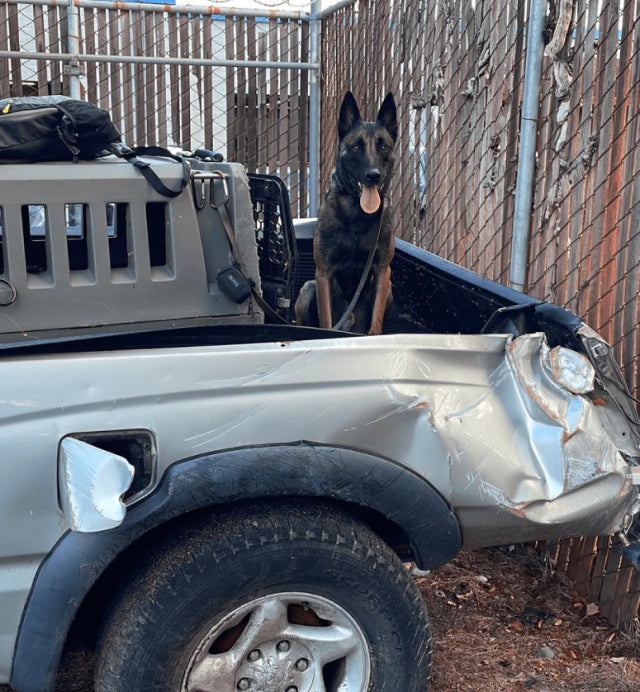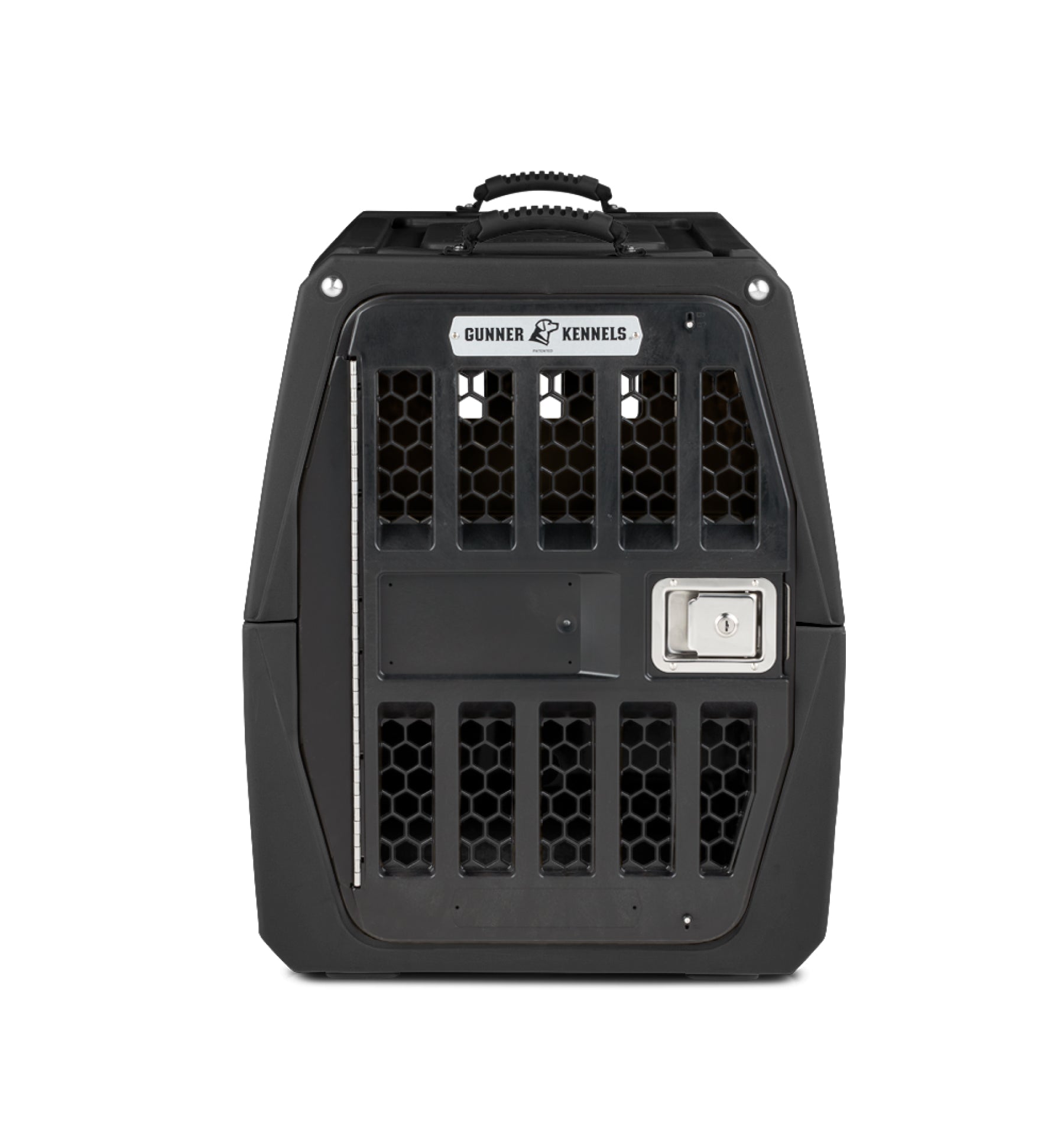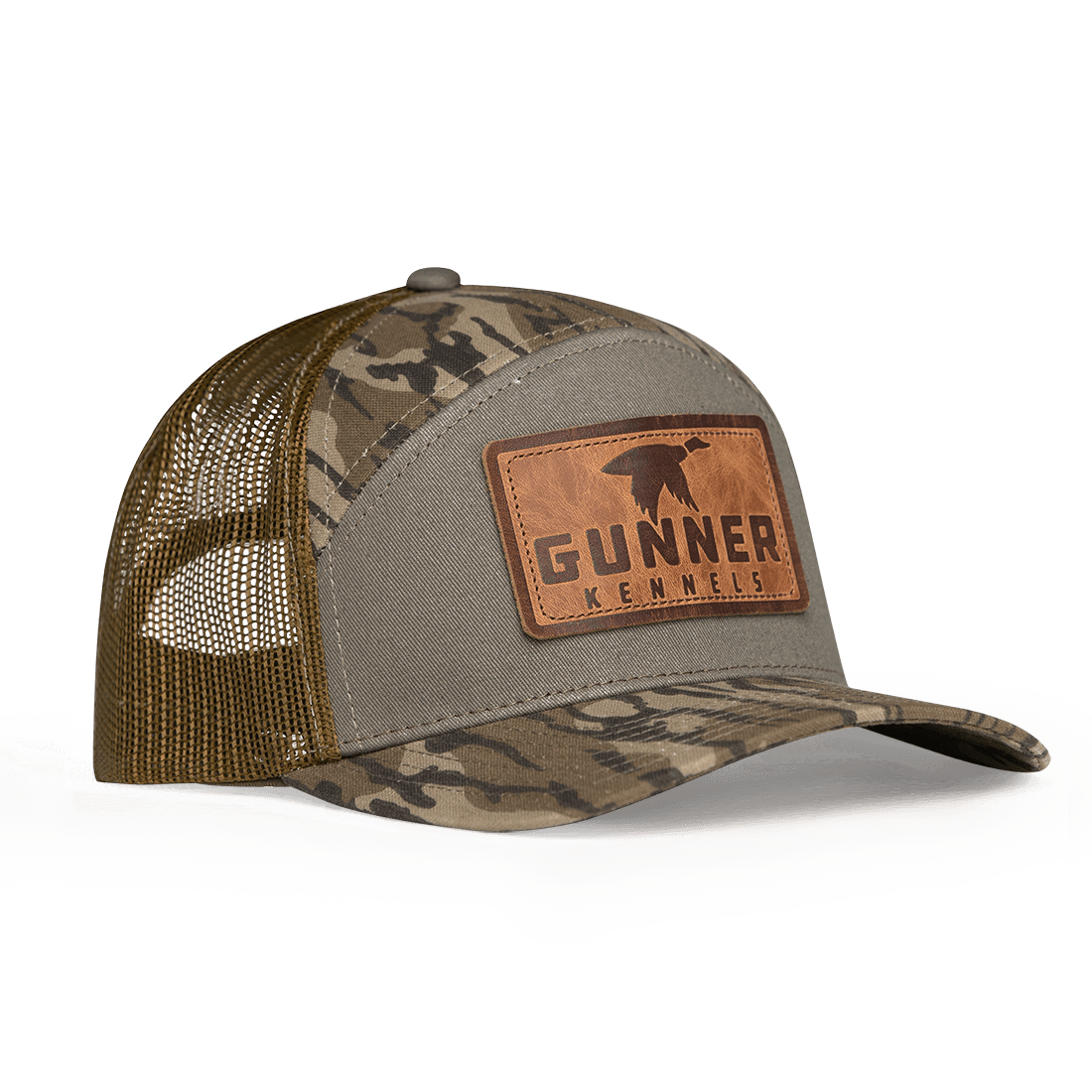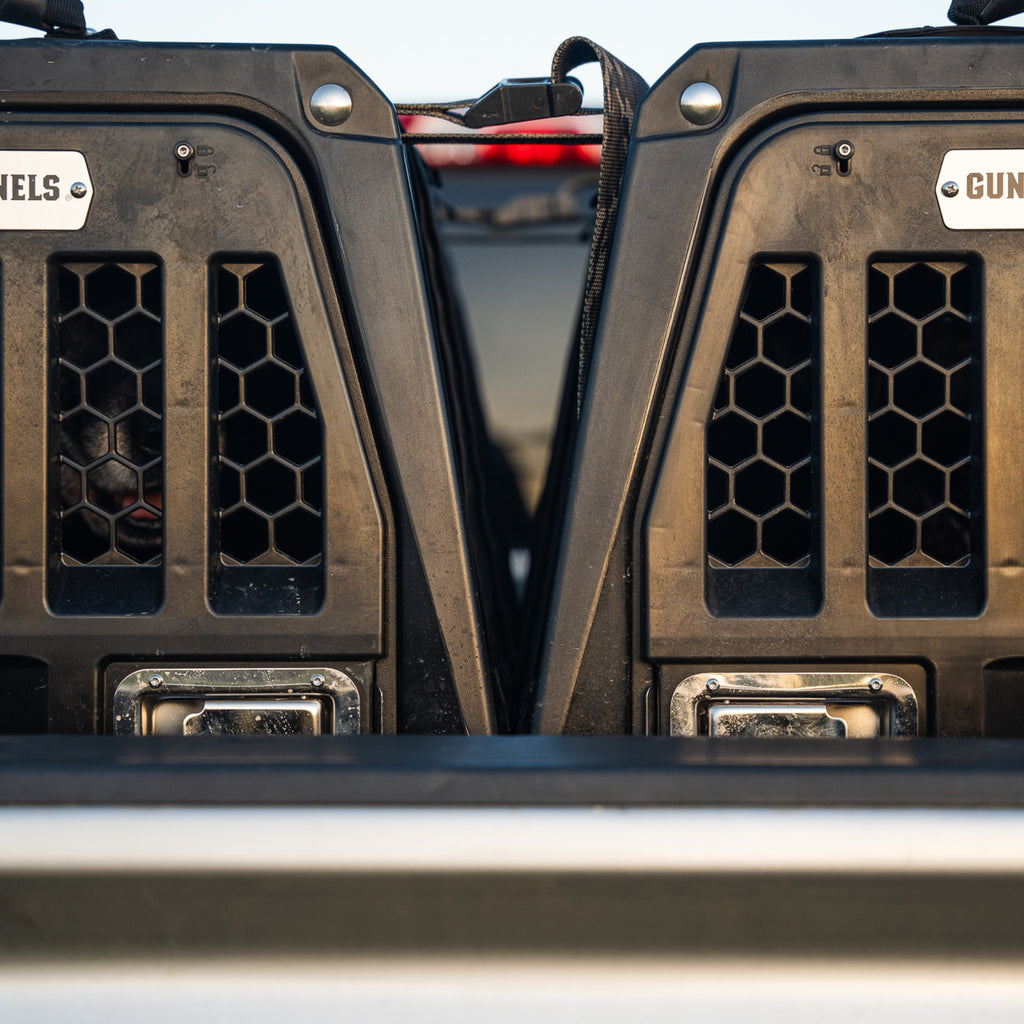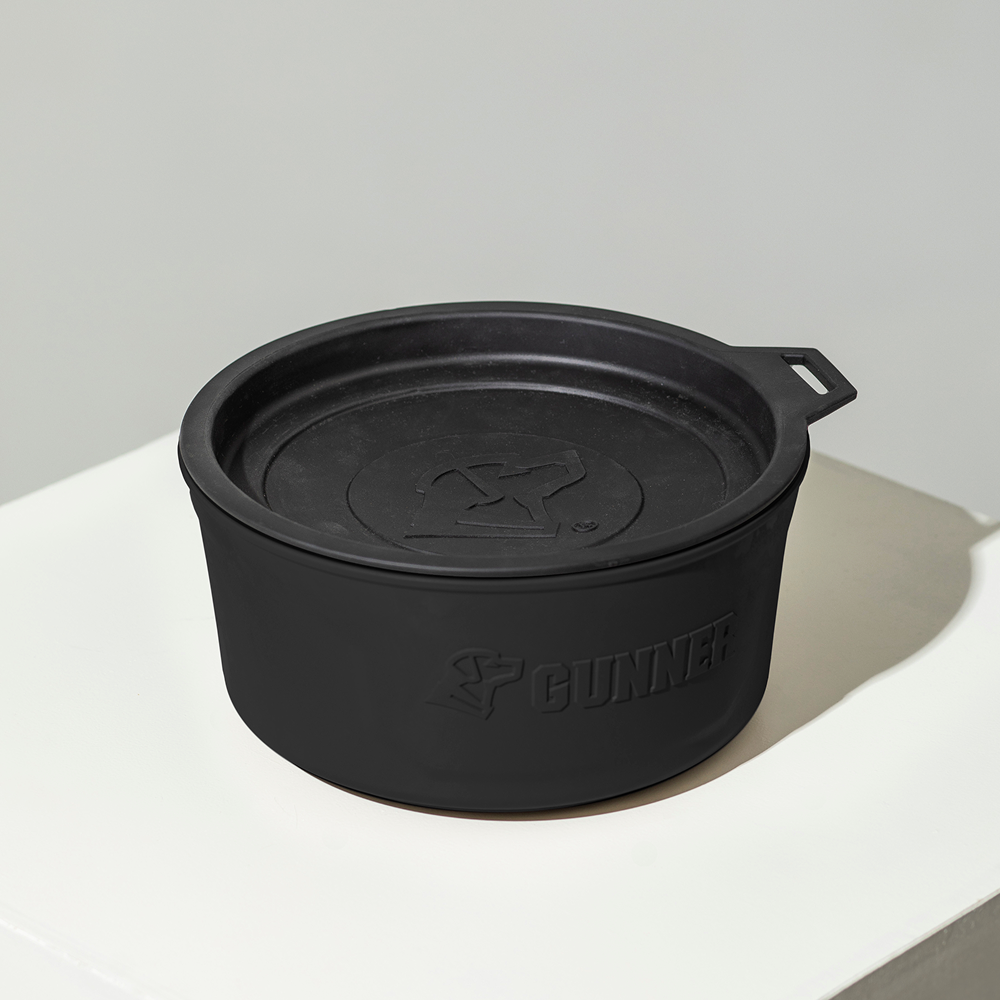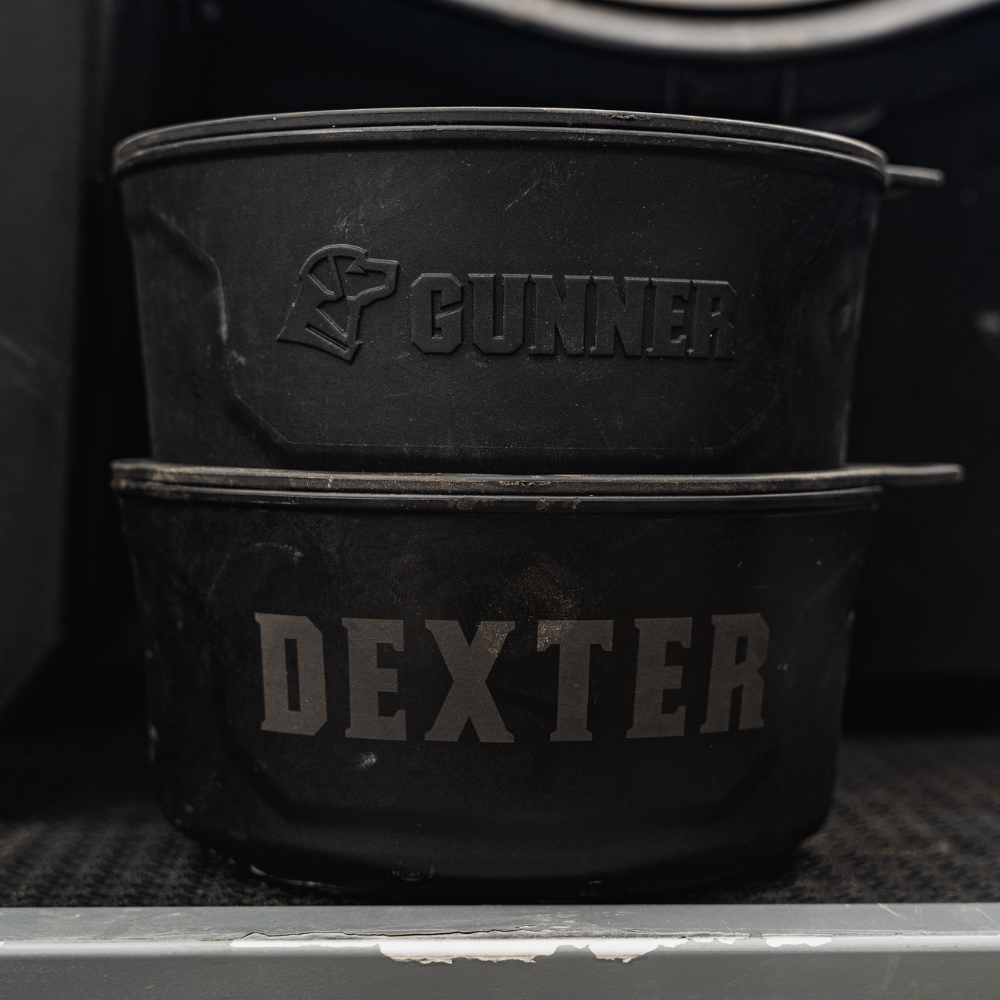Guest Post by Josh Wolfe
While you may not always bag a bird hunting with your dog, just being in the field with him or her makes the experience of turkey hunting with a dog worthwhile.

Most folks probably don’t know that in the sport of turkey hunting’s infancy, the season was in the fall. Nobody considered it a spring sport until years later when biologists finally took the time to study the breeding habits of the wild turkey. Today, however, many states have returned to the origins of turkey hunting by opening a short, either sex fall season, usually in October. Like their turkey hunting forefathers, these autumn enthusiasts employ the help of well-trained dogs to help secure the most important part of Thanksgiving dinner.
Early Exposure
Like any hunting dog, early and constant exposure to the scent of whatever game they’ll pursue is important for a puppy. Start simply by hiding turkey wings in the backyard for the pup to find. This, along with some encouragement and praise, will help kickstart a dog’s hunting instincts.
Once you enter the woods, those instincts will take over. Most successful turkey dogs are rangy bird dogs that know to use their legs and their noses. Much like coon hunting, listen closely for excited, yappy sounding barks that indicates he’s on turkeys. Once this happens, find your dog as quickly as possible so that A) he doesn’t try chasing turkeys into the next county (use an e-collar) and B)you can collect him to your side and allow everything to start quieting down as quickly as possible.
Know Your Quarry
Anyone who deer hunts has probably witnessed fall turkeys. Unlike the spring, they are mostly silent, quietly communicating with soft yelps, purrs and a kee kee call. Most importantly, they exist in flocks during the latter part of the year. This is where a dog is important. Not only will your four-legged friend be responsible for finding the flock, he will also be charged with scattering it.
Like a covey of quail, turkeys separated from each other will quickly try to reunite the group. Don’t get too anxious and overcall, rather use yelps sparingly. With your hand, rake some leaves as a turkey would scratch the ground. Set up in or just outside the spot where the dog busted the flock and get ready. This works best with two people – one to handle the dog and call, one to handle the shotgun.
Keep ‘Em Quiet
This is by far the toughest technique to instill in your dog, just ahead of keeping them from chasing deer. Imagine the excitement they are feeling after running through the woods fancy free and then trying to catch a wild turkey. The smells that remain in the air after busting up a flock are probably so good it must be nearly unbearable for them. Of course, it’s going to take repetition and experience to naturalize the process.
The first few times it happens, immediately call the dog to your side. Lead him to the tree where you’ll set up and have him lay down right by your side, or better yet, in between your legs to keep him from breaking. Carry a large sack or camouflage netting to cover the dog once you’re in position. Most importantly, pet him and praise him to calm him back down. Covering the dog’s head will keep him relaxed and unassuming when turkeys are coming in. Eventually, if the dog is smart enough, he’ll know to come find you after the last turkey has taken flight.
It’s very likely the birds that return to the scene first are going to be hens. Check state regulations to make sure it’s okay before shooting one. If you’ve never used a wing-bone call, they are made primarily from the wing bones of hens. They are not too difficult to make and create one of the sweetest sounding turkey calls you’ll ever hear. Give it a try.
Enjoy yet another opportunity afield with man’s best friend.






